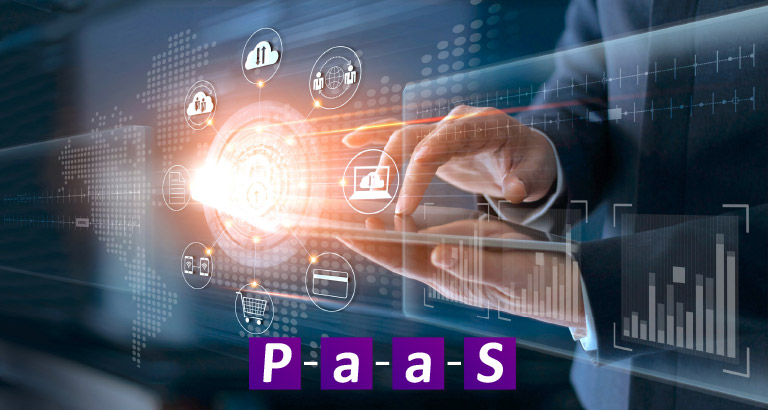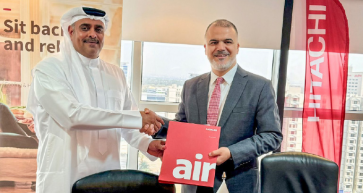
Very recently, I realised that STC Pay had changed the way it allows users to use its payment systems. With a new app update, there was an automatic bank account linked to my number. Without any application made by me, using STC Pay gave me a free bank account and an IBAN number. My first thought was – that’s a brilliant win-win strategy at play. My second thought was – I need to understand how and why service providers are doing this. That’s when I stumbled upon ‘Payments-As-A-Service’ or PaaS.
PaaS refers to specialised payment-related services like payment engine hosting, reconciliation and settlement, cross-border payments and third-party collections via a cloud platform. These systems allow companies to broaden their services to customers using one single channel. PaaS offers flexibility, the ability to scale up and innovate to a much larger extent than legacy banking and finance systems.
These services are related to two broader services. The first is Infrastructure-as-a-Service (IaaS) which offers customisability in infrastructure but requires high levels of technical skills and associated costs. The second is Software as a service (SaaS) wherein the vendor manages all services and functions which are usually preconfigured, with limited customisation. PaaS offers customers a sweet spot between IaaS and SaaS where it provides virtual resources requiring moderate technical skills alongside systems that have the flexibility to customise and set up operations based on specific needs.
PaaS services are primarily cloud-based and therefore off-site. PaaS vendors provide servers, storage, networking, virtualisation, middleware, the operating system and the runtime. Therefore, their clients (companies) are only responsible for data and applications. This offers an environment where developers can build, compile and run their programmes without worrying about the underlying infrastructure.
Enterprises can leverage simple programming interfaces to introduce new products and financial solutions. With the use of PaaS offerings, these can be directly integrated into the banking technology stacks. This integration makes plugging product and service gaps more efficient. For instance, regional payments provider Tap payments allows for payments across currencies and service providers by using leveraging banking systems and infrastructure across countries.
Globally PaaS revenue is projected to reach US$113.3bn in 2023. A major driver of this growth is that PaaS provides companies with facilities for application and development of services at a fraction of the cost. This is more prominent when compared to establishing these facilities with their own resources. The increasing demand for mobile applications has also contributed to growth.
The PaaS segment is likely to continue expanding in the coming years. This can be attributed to the fact that companies are increasingly offering multipurpose PaaS solutions rather than the single-purpose solutions that are currently contributing to a major share of the revenue in this segment. It is expected to show an annual growth rate (CAGR 2023-2027) of 16.7 percent, resulting in a market volume of US$210.4bn by 2027. The key players in this segment are Amazon Web Services (36.6 percent) and Microsoft (20.5 percent). In the region, the total estimated revenue was USD780 million. Growth in this segment can also be attributed to the trend of multipurpose PaaS solutions rather than the single-purpose solutions.
The world of payments is complicated and needs a tremendous amount of integration. Every single step in the process that allows users to transact, has the potential to become a business in itself. We needed to be able to make payments from our phone, in came QR code technology, back-end integrated and customer verified systems like BenefitPay, STC Pay, etc. Each of these are fintech ecosystems in themselves. The value chain is wide, deep and complicated waiting for the next idea that can monetise one small sub process and create the next “as-a-service”.
Pria is the Founder of GMI Advisory WLL– a Management Consultancy that helps companies with their strategy, business plans, presentations and preparing for investors. You can visit her company website gmiadvisory.com to connect with her. You can follow Pria at her Instagram handle @guide_my_idea



